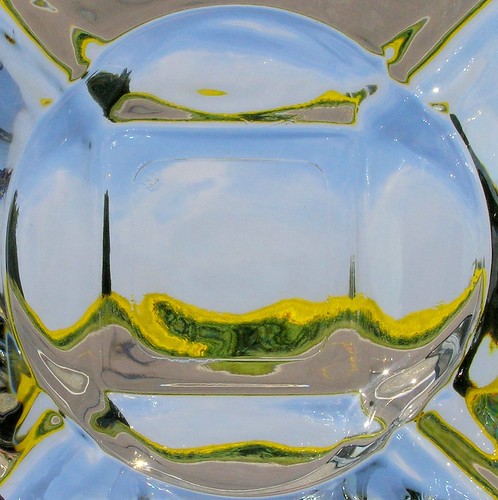 Â
Â
Dear readers,
I love hearing from you and receiving all your questions. I love that my readership is from around the world. For all these reasons, I thank you for being part of TheGardenLady.org.
However, some of the questions sent to me are often so vague that it is sometimes very difficult to feel comfortable answering them. When the question is vague, TheGardenLady does not have a magic lens to know exactly how to help. Even if you were to take your problem or question to your local extension office or nurseryman, they would need to get a little more information from you to best answer your question.
So, when sending a question, be as specific as you can.
Please:
If you can, get the Latin name of your plant. Knowing the Latin name would be most helpful. Because common names are different in different parts of the US and different parts of the world, a scientist by the name of Carl Linnaeus, approximately 270 years go, started a system for naming in Latin, ranking, and classifying organisms that is still in wide use today. This makes it easiest for everyone to be sure they are speaking about the same plant.
So if you have a marigold question, try to get the Latin name of the plant for TheGardenLady or anyone to answer in the best way. I repeat, most common names are different in different parts of the US and the world. For example telling TheGardenLady the common name Marigold narrows it down; but even in the English speaking Language it can be a number of different types of plants each with different requirements and different ways of caring for them. When one knows the Latin name for the Marigold that is having a problem one knows if the plant in question is a Calendula, a Tagetes, a Glebionis segetum, a Tithonia diversifolia or Caltha palustris.
Here is a list of the common popular names of Marigold around the world. (I don’t know for sure, but imagine that these are all Tagetes.)
Languages/Regions/Countries Names
1) Arabic Hajai, Hamahama
2) Bengal Genda, Gendha
3) Brazil Cravo de defunto
4) SriLanka African Marigold
5) Egypt Gatife
6) English African Marigold, French Marigold
7) Hindi Genda, Gonda, Gulatora, Lalmurga
8 ) Iraq Ja’fari
9) Marathi makhamala, Zendu
10) Mexico Cempoalxochitt
11) Persian Sadabarg, Kajekharusa
12) Sanskrit Sthulapushpa, Zandu, Zanduka
13) Telugu Banti
14) Urdu Genda
15) Uriya Gendu
Of course having the common name is a start. But to be sure to get the best answer it would be better to take a photo and send it to TheGardenLady with the common name. his way both you and TheGarden Lady are sure that the problem solved is your problem.
If you don’t know either the Latin name nor have the common name, just giving the family name is really difficult when families of plants have so many members. For xample, a question asking about a FERN that grows ten feet, narrows it down a bit, but there is not just one Fern family with species – there are more than two dozen fern families with their species. Each fern family has numerous members (species). For example, the fern family Dryopteris, just one of the two dozen fern families, is a genus of some 200 species. So which 10 ft. growing fern are you asking about?
Usually when you buy a plant it comes with information such as the Latin and common name. Some gardeners keep this information on a stick and put it in the pot with the plant or keep the information in a gardening diary.
Some other information that is helpful for anyone answering your plant question/s:
Age of the plant and if it has been planted or transplanted recently: Plants have a lifespan just as humans and animals do. And transplanting can be traumatic for a plant. Sometimes you may buy a potted plant that was mistreated in the nursery and then it dies when you transplant it through no fault of your doing.
Location where the plant is grown: temperature zone for outdoor plants where you are growing them, are you planting them in the landscape, garden, woods, in containers outdoors or if the plant is indoors, etc. If you are a reader from abroad, it would be helpful to have your temperature zone. Do you live in a desert area or are you in a temperate zone? China, for example, has many temperature zones and many of those zones have plants that are very happy growing in the US.
Exposure: East, West, South or North. In the US: East gets the morning sun, West gets afternoon sun South gets all day sun and North gets No direct sun. Certain plants like certain exposures whether planted outdoors on indoors.
Soil: What you are using to grow the plant in and the drainage. Is your outdoor soil sandy or clay or loam? Do you have rocky soil or wonderful friable soil. (Friable soil is soil that has the crumbly texture ideal for the root growth of plants. Such friable soil is usually a “loam.” Composting helps to create friable soil – which is the best soil gardeners can have for most plants.)
Ph of outdoor soil: If known or if you have had the Ph test results of your soil test in the last 5 years. Soil should be tested every 5 years for best outdoor growing results.
Remember, by giving out as much information about your plant as you can helps in solving your problem.
